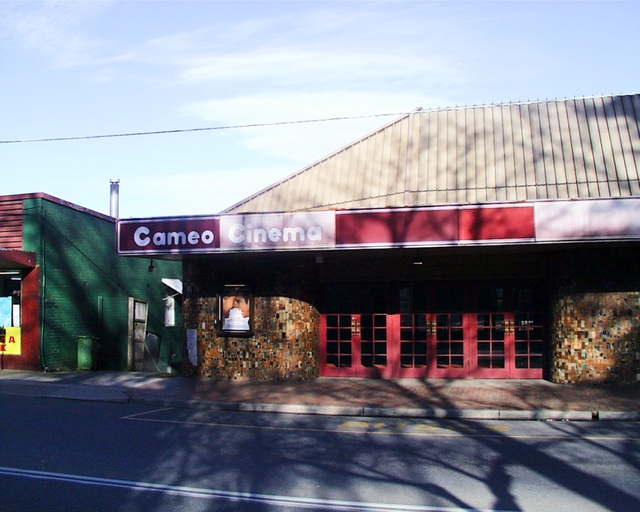By CAMERON LUCADOU-WELLS
A GRASS-roots petition campaign to ban future high-rise buildings from Dandenong residential streets has spread over several neighbourhoods.
More than 150 signatures have been collected from concerned residents in the vast Residential Growth Zone to Dandenong’s north and west – which allows developments up to 13.5 metres high as well as places of worship, shops and medical centres to be approved without a permit.
Residents in streets such as Grace Avenue, MacPherson Street, Power Street and Clow Street have been signing the petitions which call for the exclusion of their streets from the zone.
One of the organisers, Patsy Horne, said the petitions would be presented to Dandenong council.
“Most people are fairly enthusiastic to sign. Some are saying the damage has already been done in some parts.”
Ms Horne was one of many vocal objectors to a three-storey apartment block next door to her in MacPherson Street.
The council last year rejected the proposal, but it was given the green light on appeal to the Victorian Civil and Administrative Tribunal.
About 100 petitioners have also signed on as they campaign against a proposed four-storey apartment block in one of Dandenong’s narrowest residential streets, Grace Avenue.
Several councillors have called for the zone to be scaled back to Dandenong’s CBD.
Councillor Matthew Kirwan said the timing of the petitions was important given the council was reviewing its residential zones.
“It’s a very important opportunity for Dandenong residents. It’s not very often that these planning reviews come around.”
The council’s review came as the state government last Wednesday announced Plan Melbourne, its blueprint for the city until 2050.
Planning Minister Matthew Guy said under the plan most residential areas would be “protected from unit and apartment development” within a Neighbourhood Residential Zone.
However the zone occupies only a minority of Greater Dandenong’s residential area, which is illustrated as a specific example within the Plan Melbourne report.
Most of the municipality’s residential area is either the Residential Growth Zone – assessed as suitable for high and medium density housing – or General Residential Zone – earmarked for medium density housing of two-three storeys.
The council’s city planning director Jody Bosman said the plan fitted well with the council’s residential zones review.
He said council officers would “continue to work at refining the zones to achieve the highest quality outcomes for the community”.
Mr Bosman said under the strategy, central Dandenong was recognised as a metropolitan activity centre and the Dandenong South employment cluster was a key part of Melbourne’s ‘integrated economic triangle’.
Submissions on the Plan Melbourne report close on 6 December.






